Properly Feeding sourdough starter for baking bread is essential to the success of your bake. But your starter also needs periodic feedings regardless of your baking schedule.
Sourdough starter is a fermented mixture of flour, water, natural yeast and beneficial bacteria. It is a living creation and must be well maintained and fed to be a good member of your sourdough baking team.
Starters are simple to make with flour and water Learn how here. However, once the starter is mature, making sourdough bread with natural yeast starter requires properly maintaining your sourdough starter and keeping it in balance.
Sourdough homemade bread recipes need a properly balanced active starter to give best rise and sourdough flavor.
How Should I Feed a Starter?
You should feed your unfed starter with water and flour in a ratio of 1:1:1. This means equal measurements of flour, starter and water BY WEIGHT, not volume. Equal VOLUME measurements will throw off the balance of your starter.
Why is this important? When a mature sourdough starter gets out of balance, the water to flour ratio gets off.
The starter doesn’t care if it still has flour to feed on.
But when you add an unbalanced starter to your bread recipe it throws off the hydration of the recipe and the flour ratio as well. This affects the dough development, flavor and rise of the recipe.
Ratios of water to flour are important to Sourdough baking. It is a bit of a science project. Having a balanced active healthy starter is one of the keys for baking success.
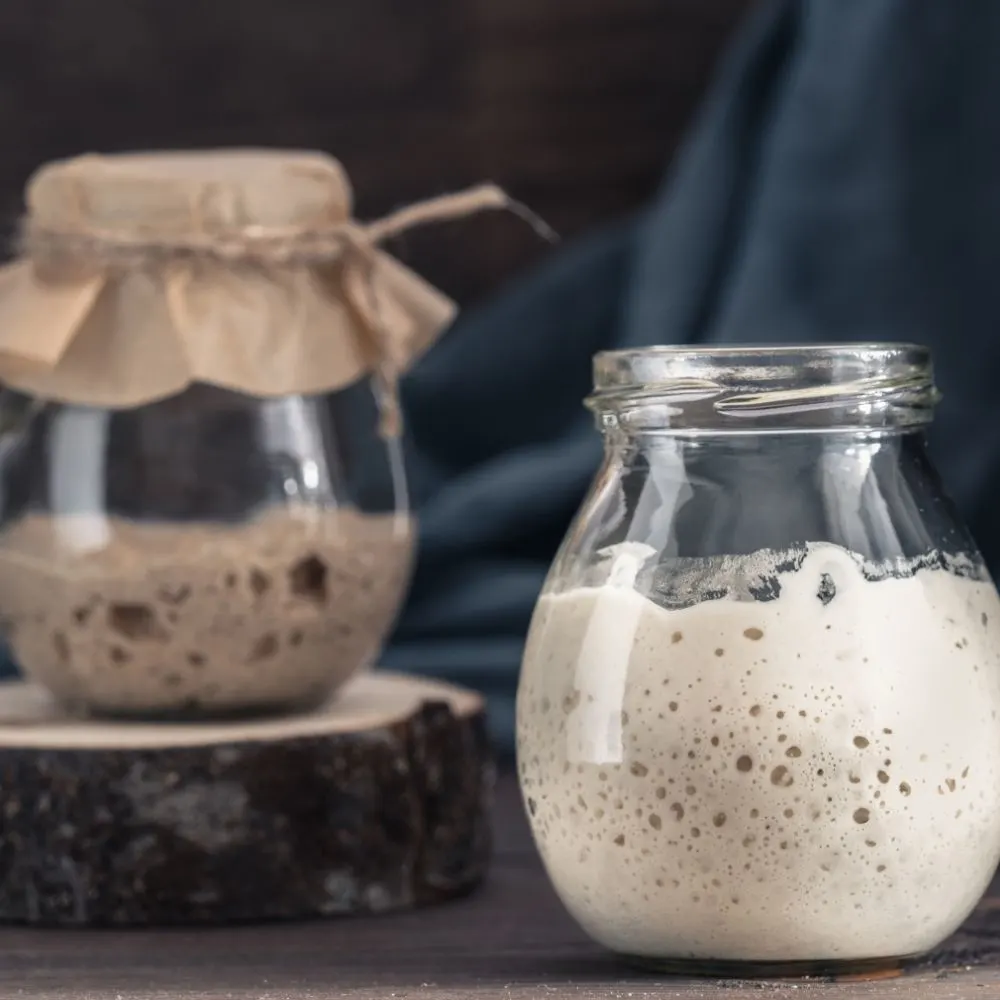
Two ingredients are essential for a successful sourdough bread. A good high protein flour and an active well balanced starter.
How to Feed A 100% Hydration Sourdough Starter for Bread Baking:
Feeding sourdough starter for baking correctly is very simple and easy to do. And vital to the success of your bake.
- Set out a glass container that has a lid. I Use a pyrex quart size bowl with a lid.
- Set it on a digital scale and tare the scale to zero.
- Add 100 grams flour
- Add 100 grams starter
- Add 100 grams warm water
- Mix it together to form a thick pasty batter. (too thick for pancakes)
- Cover and let rest in a warm environment (70 to 75 degrees F) for 8 to 12 hours until it doubles in size
- Before using it in a bread recipe, do the float test. You want to catch the starter as it is just peaking and before it begins to fall back.
Once you add these ingredients in proper proportion to a container, mix them together. The starter will grow and rebalance itself. You can either set the starter in your fridge to store it or set it in a warm place to prepare it for sourdough baking.
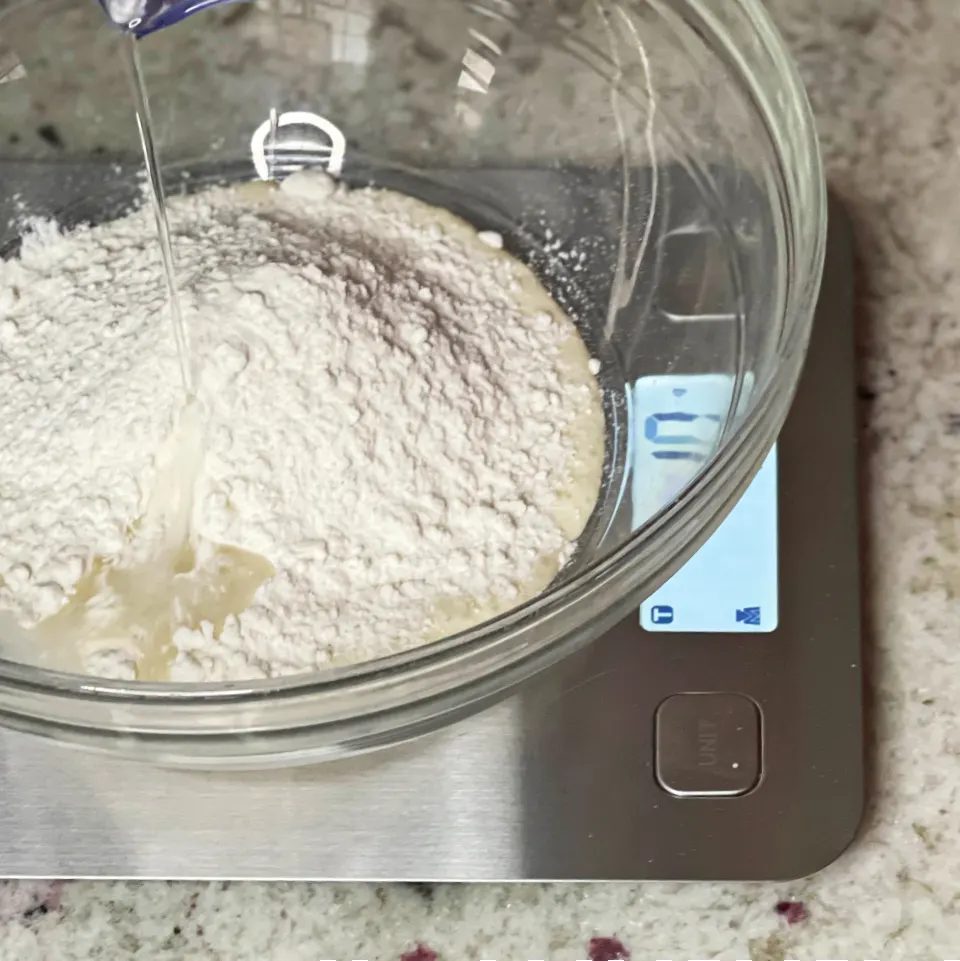
When to Feed Starter For a Bake?
Feed unfed, or recently fed, starter about 8 to 12 hours prior to beginning a bread recipe. Cover and let the starter rest in a warm spot. It should doubled in size. Do the float test. If it floats, bake with it.
Feeding sourdough starter the night before you plant to bake is best if you know you will begin your recipe within 12 hours of feeding your starter.
If you wait too long or get delayed until the starter is losing size and strength do another feeding. Allow the starter to rise to double and then do the float test to make sure it is at its best.
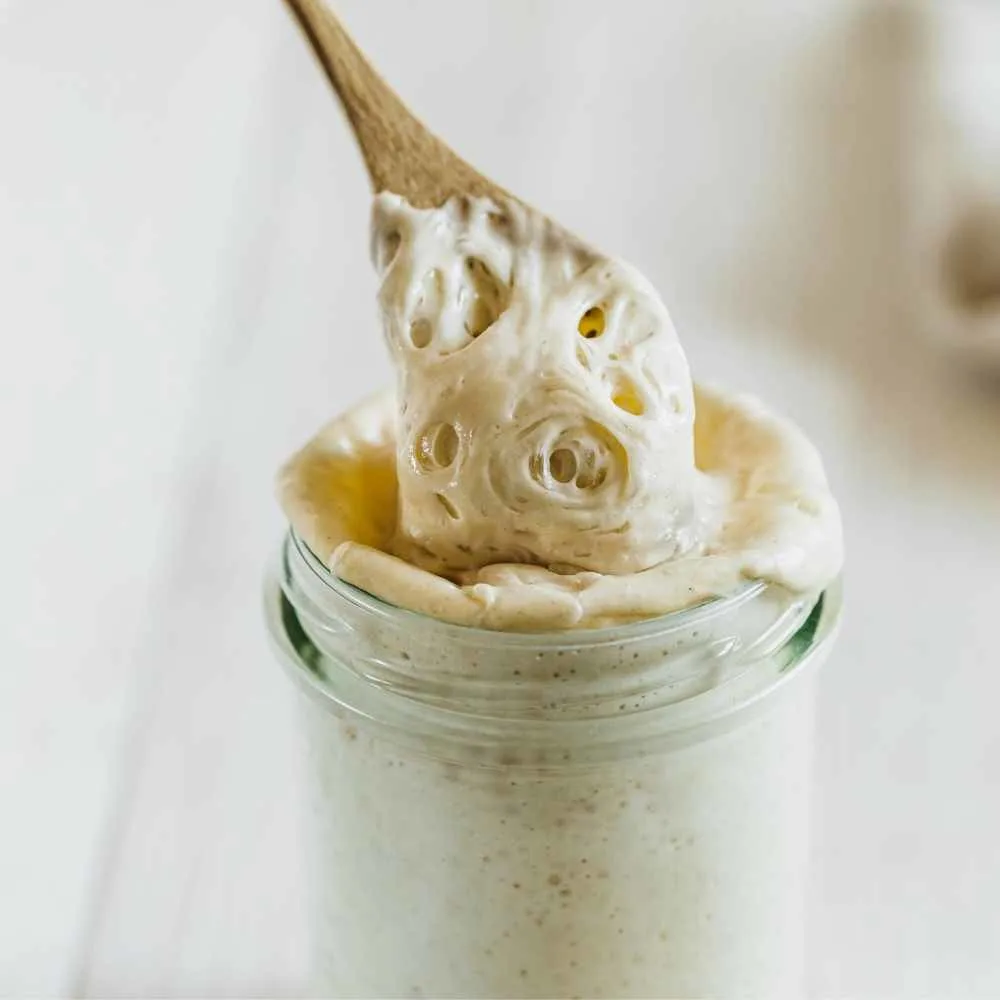
How Do I know when My Sourdough Starter is Ready to Bake?
If your starter is bubbling and doubling in size 8 to 12 hours after feeding, it may be ready to bake. To be sure do The Float Test. Drop a teaspoon of starter into a small bowl of water. If the starter floats with a good shape and stays afloat for 20 seconds or so it is ready to bake. If the starter falls to the bottom of the glass it needs another feeding before baking.
An active starter is ready to bake bread when it is mature, balanced and floats in water.
Now stir your ingredients together into a paste. in 8 to 12 hours the starter should double in size and float in water. Ready to bake!
Making sourdough bread from starter begins by properly maintaining your sourdough starter. An active balanced starter is essential to a good bake.
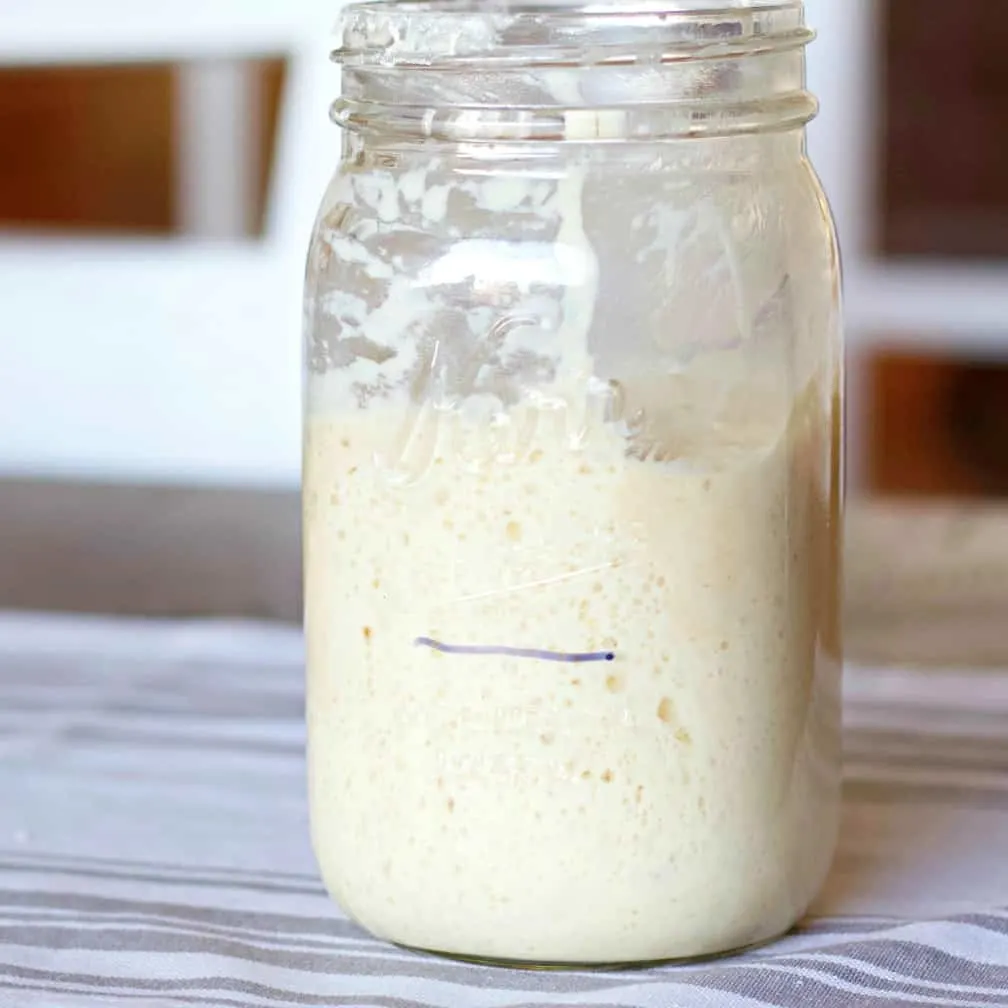
More Questions On Feeding Sourdough Starter:
These are questions our readers ask on feeding sourdough starter. I hope these answers will help you.
What is the Point of Sourdough Starter?
The point of making and maintaining a Sourdough starter is to have a natural leaven for baked goods. Fermented sourdough starters improve digestibility of breads and add the characteristic sourdough flavors coveted by sourdough fans.
So yes, for many bakers keeping a starter well maintained and healthy is more than worth it.
What is Sourdough Discard
When you feed your sourdough starter in a balanced ratio of water, starter and flour, you will have some starter leftover. The remaining starter is called sourdough discard.
Do I have to discard sourdough starter every time I feed it?
To keep a wild yeast starter in proper balance it is necessary to discard any extra starter left after the feeding. That excess discard starter need not be wasted. There are so many recipes out there to use up discard.
You can either throw out (discard) the excess starter or you can make an endless amount of delicious recipes with that leftover fed, recently fed or unfed discard.
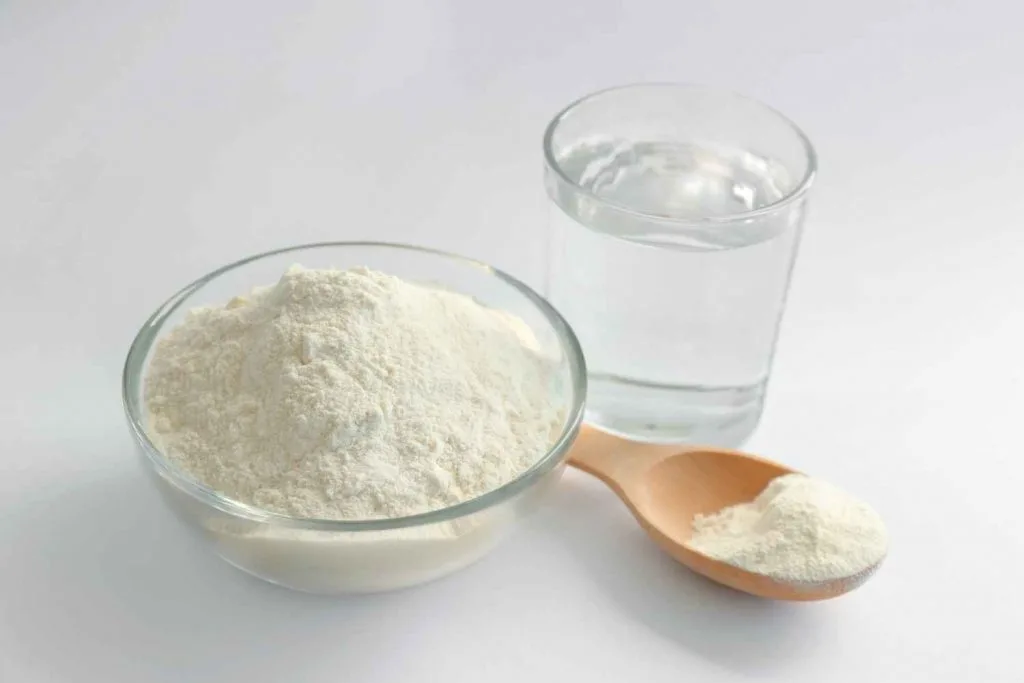
Can I use Plain Flour for Sourdough Starter?
You can use an unbleached all purpose plain flour for feeding sourdough starter. Plain flour will adequately feed a starter. Bleached flours are not recommended.
If your mature sourdough starter does not double in 8 to 12 hours after feeding it with plain all purpose flour, feed it with a bread flour, rye or whole wheat flour to increase the protein and enzyme action of your starter and wake It up.
What Flours Can Feed Sourdough Starters?
Feeding sourdough starter works with almost any flour with gluten and enzymes in it. Here are some to take note of.
- Rye flour-has amylase and rich nutrients that will boost your starter and get it active more quickly. However, This is a low gluten flour. Use a mix of rye and wheat for best rise and balance.
- Whole wheat flours- also full of enzymatic action. Feed your starter with whole wheat to quickly boost a lazy starter.
- bread flours– very good choice for feeding a starter.
- Spelt flour-can feed a starter and be used in bread. But it is tender and might make a crumbly loaf. Try 50% spelt to 50% wheat flour for bread dough at first.
- Einkorn flour is rare but works well to make a sourdough starter and bake sourdough recipes.
- Unbleached all purpose flour-will feed your starter. But don’t bake breads with low protein flours.
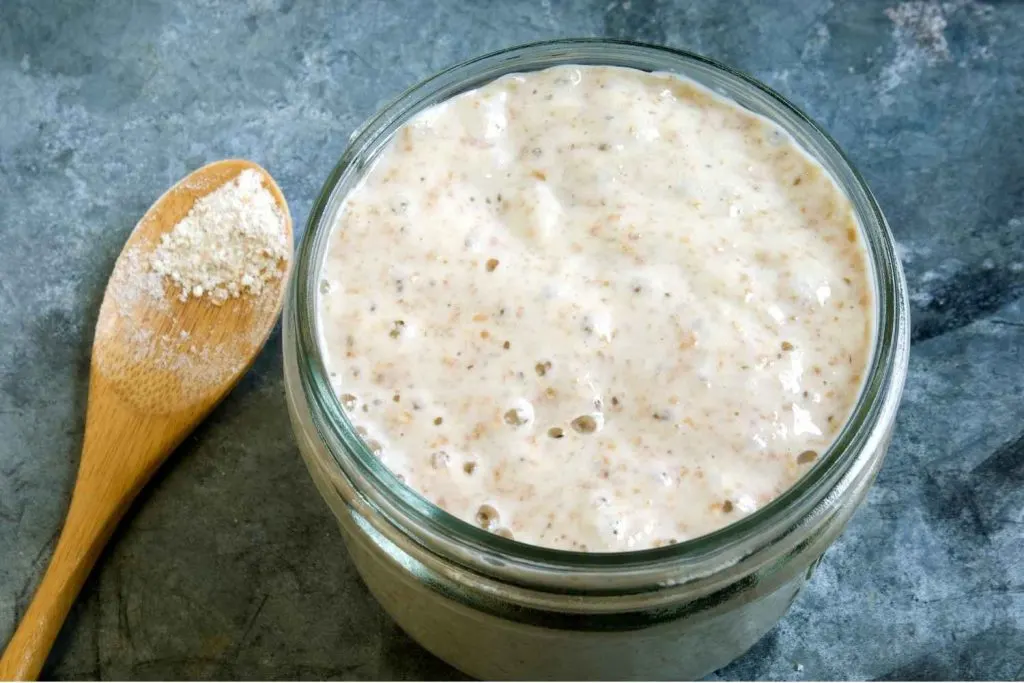
There are more grain flours that can be used in your starter recipe. You can even make gluten free starters with special flour.
What flours do you use in your baking? Which flours do you use to feed your sourdough starter?
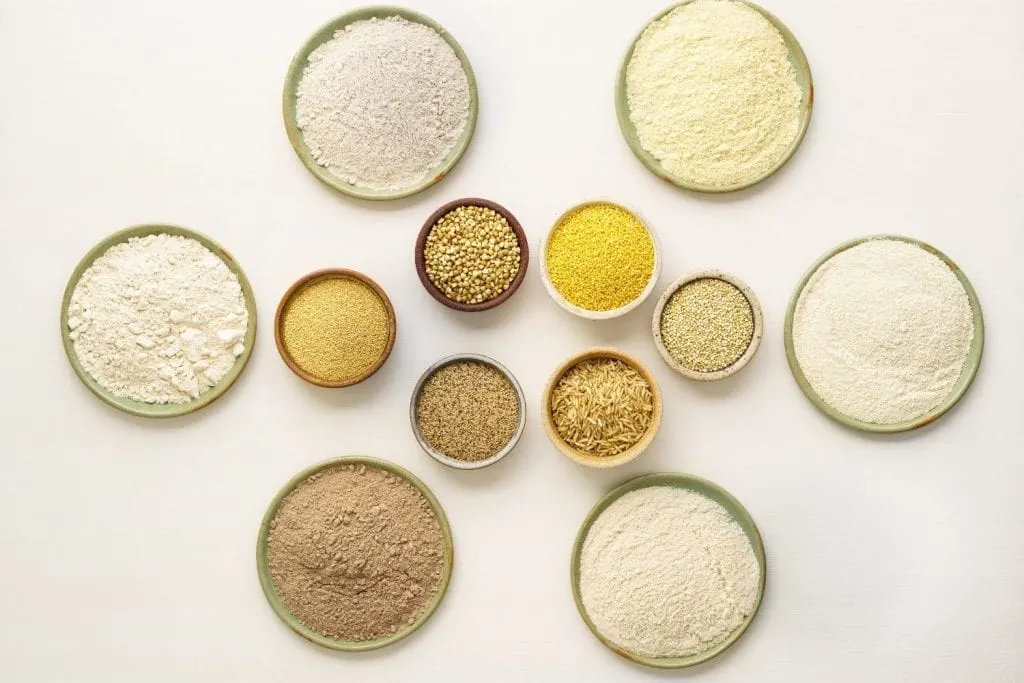
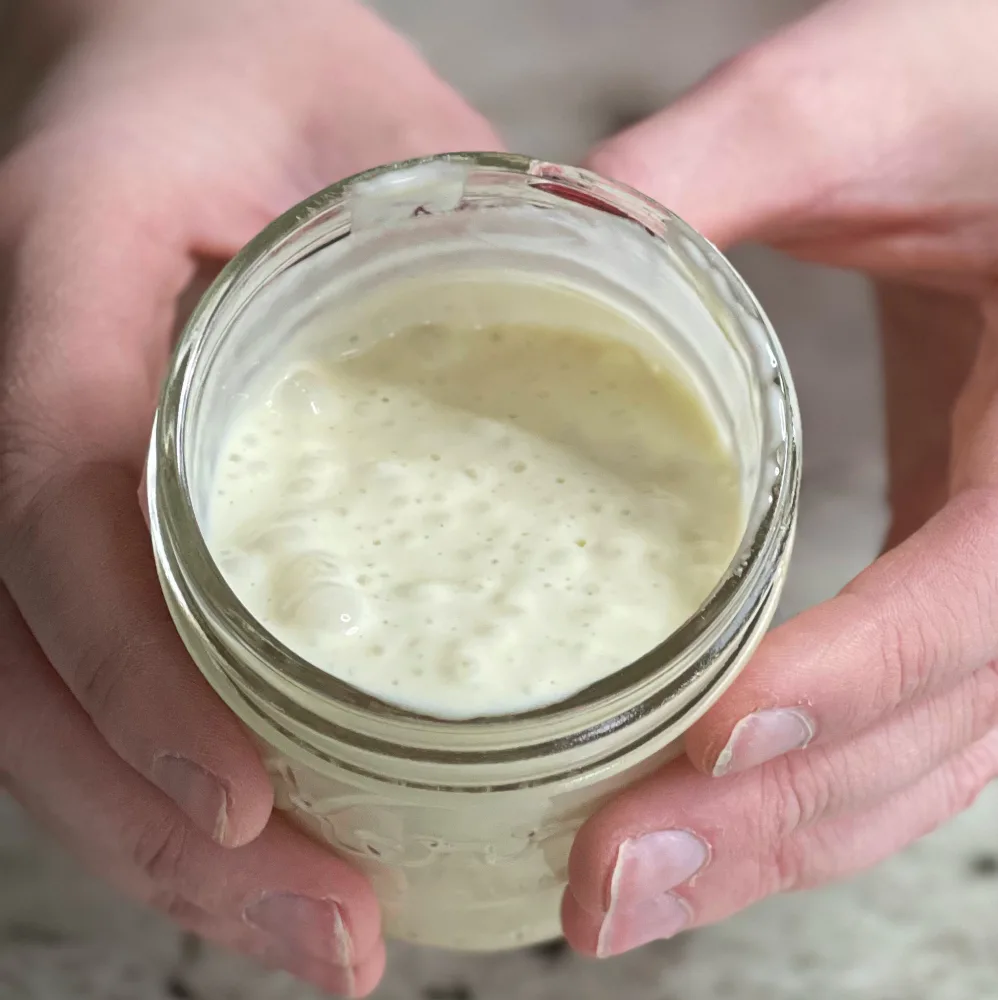
What is a Good Feeding Schedule For Starter?
Most bakers use a weekly feeding schedule for sourdough starters and store them in the fridge to slow down the fermentation. When the starter is fed in a balanced 1:1:1 ratio and replenished weekly it is in a recently fed state most of the time and easy to prepare for a recipe.
What is Hooch?
- A starved starter (leave it alone for several weeks) eventually separates. A grey liquid forms on top called sourdough starter hooch.
- Hooch is not bad for you. It does make sourdough starter smell like alcohol. Hooch provides a more sour flavor in your sourdough loaves.
- I occasionally starve and stir in the hooch for a more rustic flavored loaf. The alcohol smell will bake off and digest as you feed the starter in balance.
- Black or PINK are not good colors for your starter. This is NOT hooch. If you see these colors you have bad bacteria you don’t want growing in there.
- If it is only a small amount you may be able to scoop out a small bit of good starter under the top layer of icky.
- Then feed the reserved starter in a new clean jar. Throw out the contaminated starter. OR just throw it all out. Up to you.
How Fed is Your Sourdough Starter and Why do We Care?
Sourdough starter can be described in various degrees of fed. They all refer to how hungry your starter is. At times starters go through all these stages of being fed.
- active sourdough starter is ready to bake once balanced.
- Starved-hasn’t been fed in months (it’s not dead. You can most likely revive it).
- Recently fed– within the last week. Many sourdough recipes use starter in this state.
- unfed-hasn’t been feed in more than a week. You may see a grey hooch liquid starting to form on top. The starter will smell strongly acidic and have alcoholic headiness.
Sourdough recipes call for starter in various states of feeding. The recipe will usually state what stage of feeding is required.
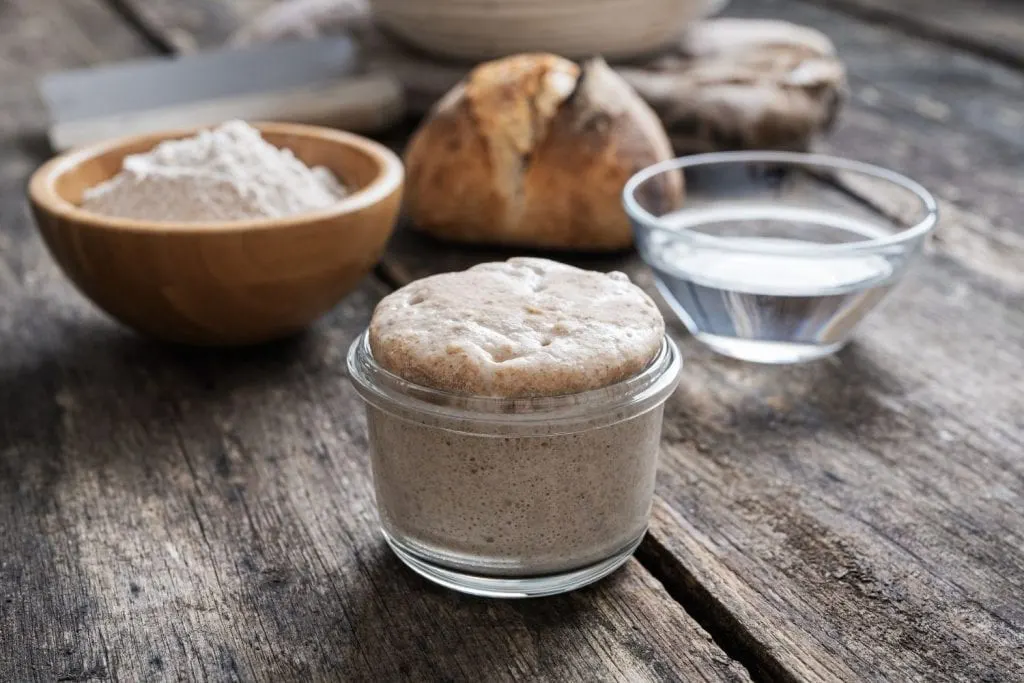
When is your starter dead? Only you can determine that. We have revived a starter recently that had been stuck in the back of Kayti’s fridge for eight MONTHS.
She fed it twice and made a lovely loaf of bread the next day. There were still live yeast and bacteria in the sourdough in that jar and no mold or bad bacteria so we gave it a shot. That starter came roaring back as soon as it was fed. After being starved for eight months!
What is a Bad Starter?
When we forget about our starter they can languish in the back of the fridge for months without a thought from us. This makes the starter very hungry and sometimes they starve to death and accumulate bad bacteria and mold as they rot.
How to tell the difference between a salvageable hungry starter and one that has gone bad ?
Signs of a Dead Starter:
If you find your forgotten jar of starter at the back of your fridge take a look at it. Is the top pink? Pink or black or any fuzzy mold on starter is unsafe to eat. Throw it out and start over. If it smells like vomit, garbage or other yucky thing that is a sign the bacteria are bad. Throw it out.
Signs of a Hungry Starter:
Does it smell? is it a yeasty, alcoholic smell, strongly acidic? Then you have good bacteria at work in there that really needs feeding. Is the top grey with no fuzzy mold? Stir in the hooch and feed it. It may come back.
Reviving an old starter isn’t that hard if you have good bacteria and live yeast still working in it.
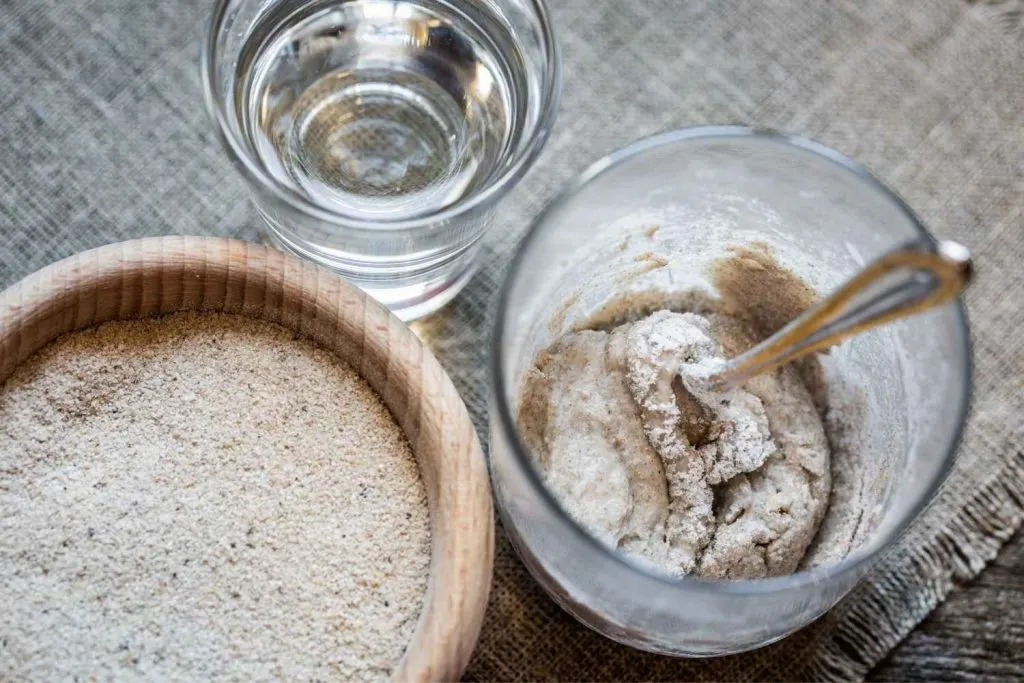
How Temperature Affects Sourdough Starter:
If you keep your starter out on the counter at warm temperatures you will need to feed it every day or so to keep it recently fed. Here’s why.
- The starter yeasts and bacteria are temperature sensitive. They will ‘eat’ or digest and ferment at a fast rate at 70 degrees F or above.
- Warm temperatures require frequent feedings to keep your sourdough starter fed.
- Temperatures change also during seasonal shifts depending on where you live this can be quite extreme. high heat of 75 degrees room temperature will give you a highly active starter that needs frequent feedings and has a strong flavor. In winter, the room temperature will be cooler and the starter is much less active.
- Refrigerator temperatures will slow down the fermentation process but the bacteria will continue to work.
- At cold temperatures a low hydration starter will last a long time without feeding. Often several weeks will no trouble. But to keep it primed for baking keep your starter balanced and fed weekly when storing it in the fridge.
- Temperature is used to slow down the yeast and allow fermentation of the flavors in the long cold rise method of baking. Yeasts stop working in the cold but bacteria do not. This is why you get hooch in a hungry starter. Those beneficial bacteria need to be fed.
Your Printable Recipe Card:
If you print the recipe out the pictures will not print. This is to save you paper and ink.
Below the recipe notes is a video demonstrating the recipe. Please let us know if you have further questions. We are here to help.
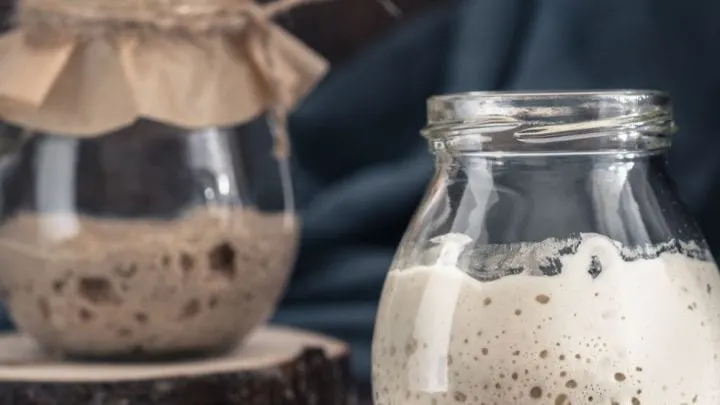
Feeding Sourdough Starter for Baking Bread
Sourdough recipes with starter need a properly balanced starter to give best rise and fermentation. Here is how you prepare a balanced starter for baking bread.
Ingredients
- 100 grams sourdough starter-fed in the past week
- 100 grams flour
- 100 grams warm water
Instructions
- For quickest results your ingredients should be at room temperature.
- Set a medium bowl or quart container on a digital scale
- Pour in the water, starter and flour.

- Mix into a paste.
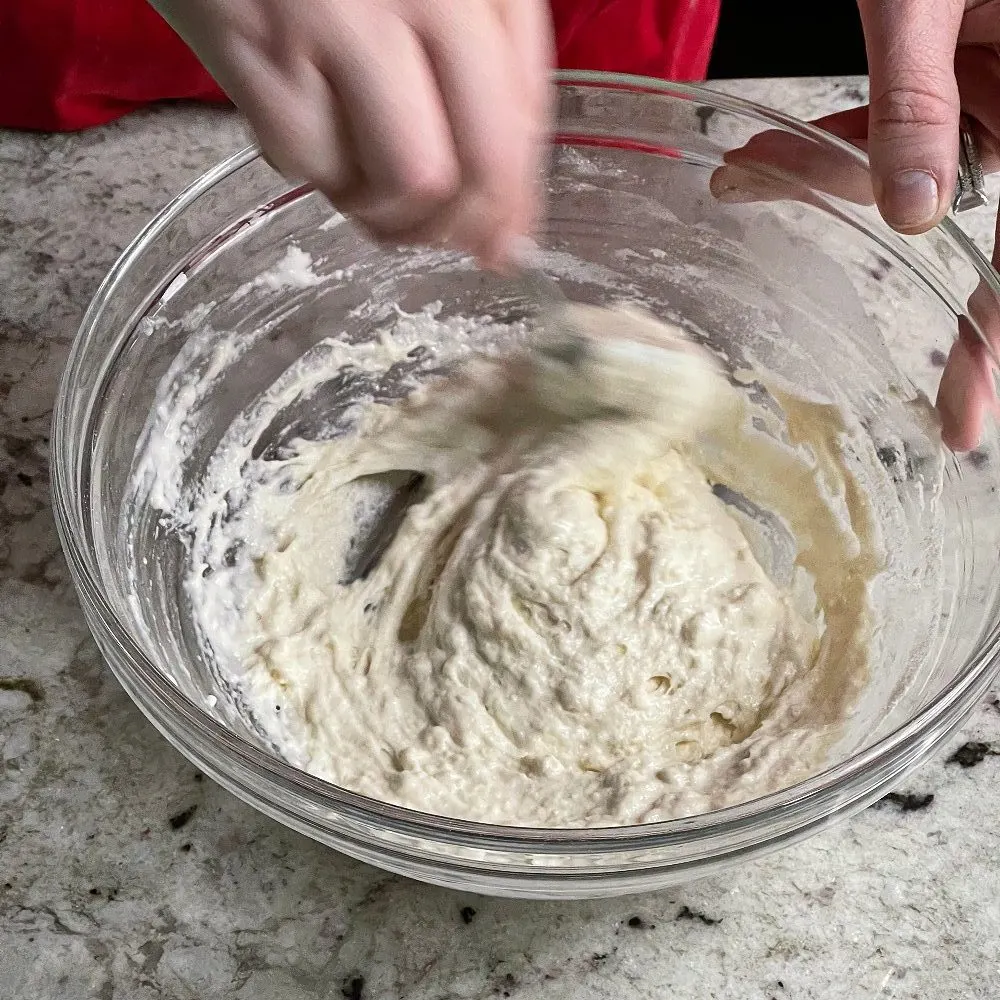
- Let sit covered until it is doubled in size. This will take 8 to 12 hours

- Do the float test.
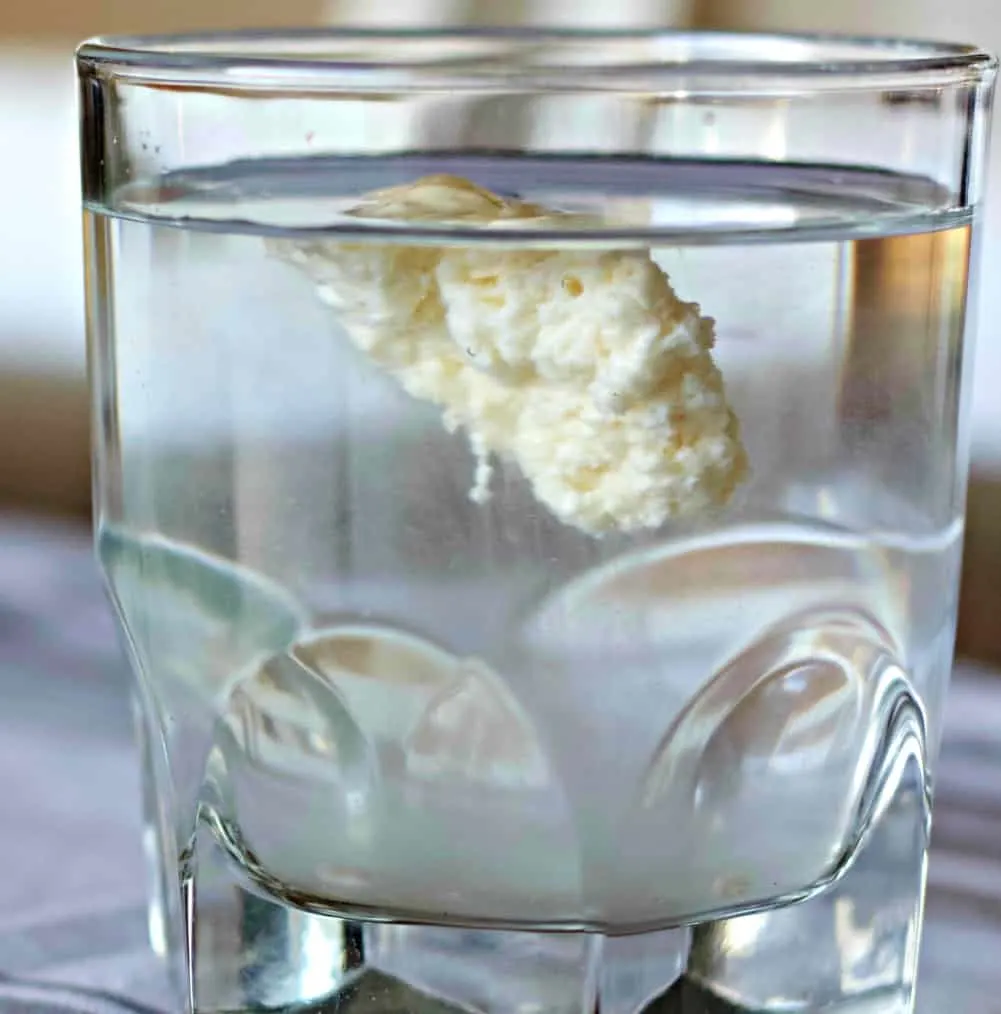 Ready to bake when it floats.
Ready to bake when it floats. - If you do the feeding and it does not float feed the starter again and wait a few hours.
Notes
This is a tried and true recipe for balancing your starter for bread baking.
However, The important thing is NOT the absolute numbers of grams for each ingredient. The important thing is the RATIO of 1:1:1. You can halve this recipe or double it. but keep all the ingredients in proportion to each other BY WEIGHT for best results.
Nutrition Information
Yield
24Serving Size
1Amount Per Serving Calories 23Total Fat 0gSaturated Fat 0gTrans Fat 0gUnsaturated Fat 0gCholesterol 0mgSodium 0mgCarbohydrates 5gFiber 0gSugar 0gProtein 1g
This amount of sourdough starter is used to make two 1000 gram loaves of bread. About 24 slices of bread.
How to get a sourdough starter:
Starters are fun to make but also fun to explore. You can buy or borrow sourdough starters as well as make your own.
Make your own sourdough starter. Learn how to make your own Sourdough Starter in this post.
Get some starter from a friend, family member or other local source. You may have a friend with some starter they will share.
Buy a dried starter and rehydrate it. There are SO many out there you can purchase. We purchased one from the Sourdough Sourdough Etsy Shop. Or purchase one from our Baker Friend Sasha Hunter. She sells her Apple Jack Sourdough Starter dried. Sasha sent one to our daughter Amanda. It makes fantastic sourdough bread.
If you are wanting to buy your sourdough starter rather than make it from scratch (which can takes weeks). Message Sasha. She sells her starter all over the country.
Good Sourdough Bread Recipes:
As you can see in our sourdough bread recipe tutorial. A lot of time is invested in a delicious loaf of sourdough. These breads are easy to make but are an investment in time. You want the very best sourdough culture so you can make bread you are happy with.
our Sourdough Section to see all our delicious sourdough breads, English Muffins, cinnamon rolls, bagels, pretzels, are only a few. And don’t miss all our sourdough discard recipes.
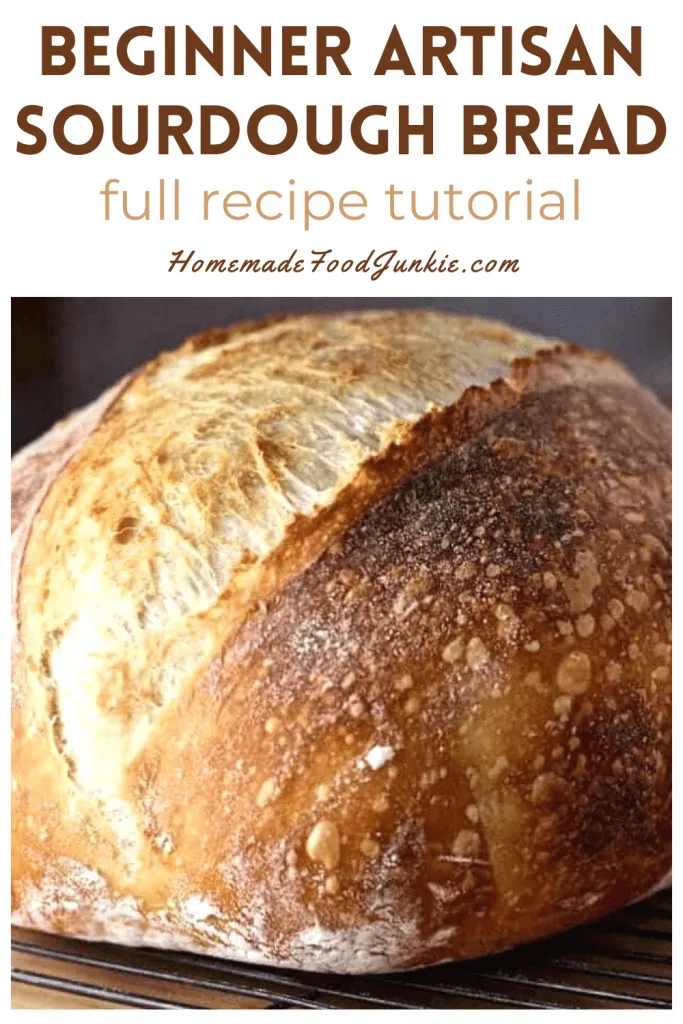

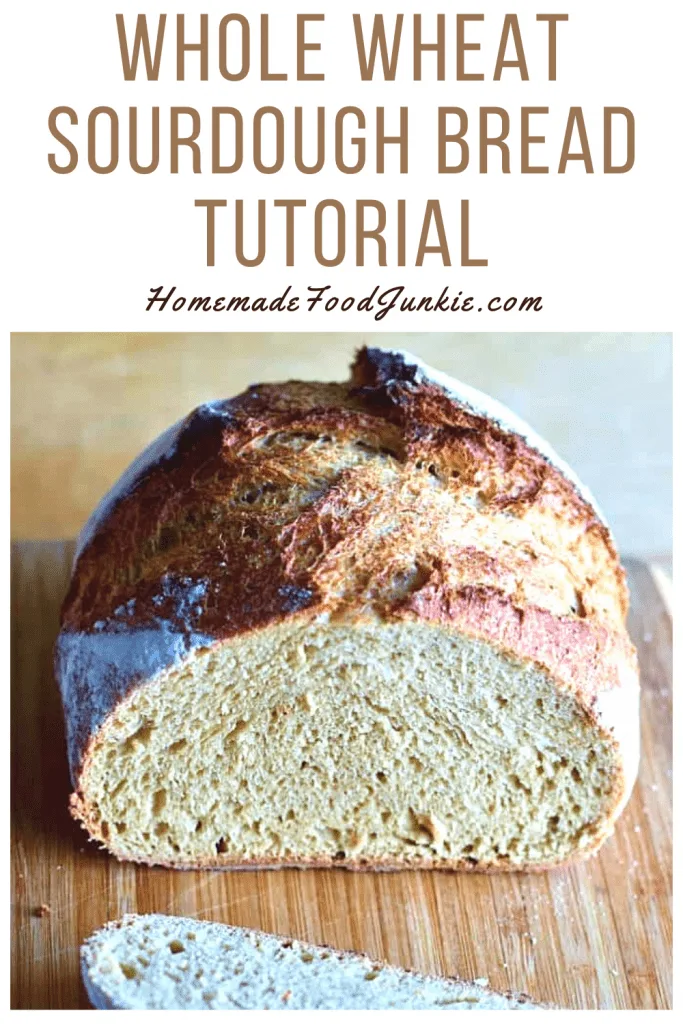
The breads pictured above are all made with balanced sourdough starter. The recipe method is the no knead stretch and fold method baked in a dutch oven.
Follow Us:
We enjoy meeting you on our social networks. Follow us on Facebook, Pinterest, Instagram . Tag us with your pictures of our recipes and comment on how it went for you. We would love to see what you do with them.
We often like, comment and share your posts of our recipes on our daily Instagram stories.
Ask questions and rate the recipe in the comments section below. Please share what you did with this recipe. We are always looking for more and better ways to make homemade food. Other cooks love your ideas!
Recent Posts:

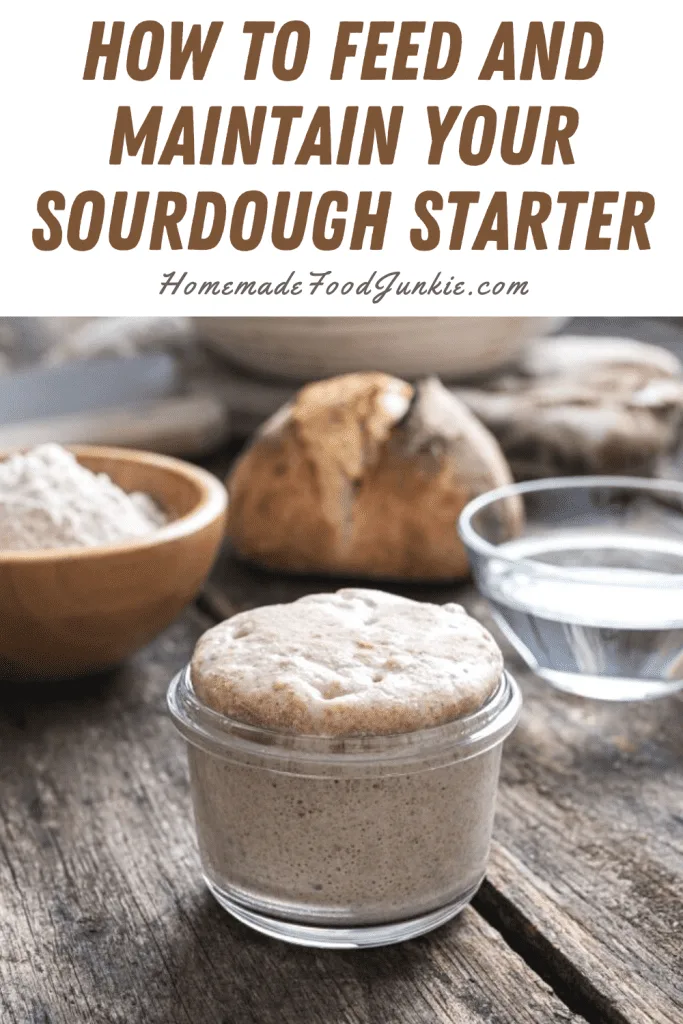

Dawna Brinkel
Thursday 4th of July 2024
Question: when feeding your starter, you took 100 grams out of your starter in the fridge then put what was left back in the fridge. How do you make sure you always have more than a 100 grams stored to have 100 grams to feed and make bread? Thank you Dawna
Diane
Thursday 4th of July 2024
Hi Dawna, It's all math. To keep 100 grams of starter in the fridge at all times, you have to build the fridge starter up to that level. A few feedings without discarding will ensure you have more than enough starter ready to go. When you get more starter left over than you want, try some of our sourdough discard recipes. Hope this helps! Happy Baking!
Heidi
Saturday 21st of August 2021
I also just revived my starter that had been neglected for 8 1/2 months! It's amazing :)
Diane
Saturday 21st of August 2021
Hi Heidi, Lol. Thanks for the reminder. Time for me to get mine fed for Fall baking. After you work with it a while it's easy to see why sourdough baking is such an ancient art. The starter is so tough and versatile. Happy Weekend!